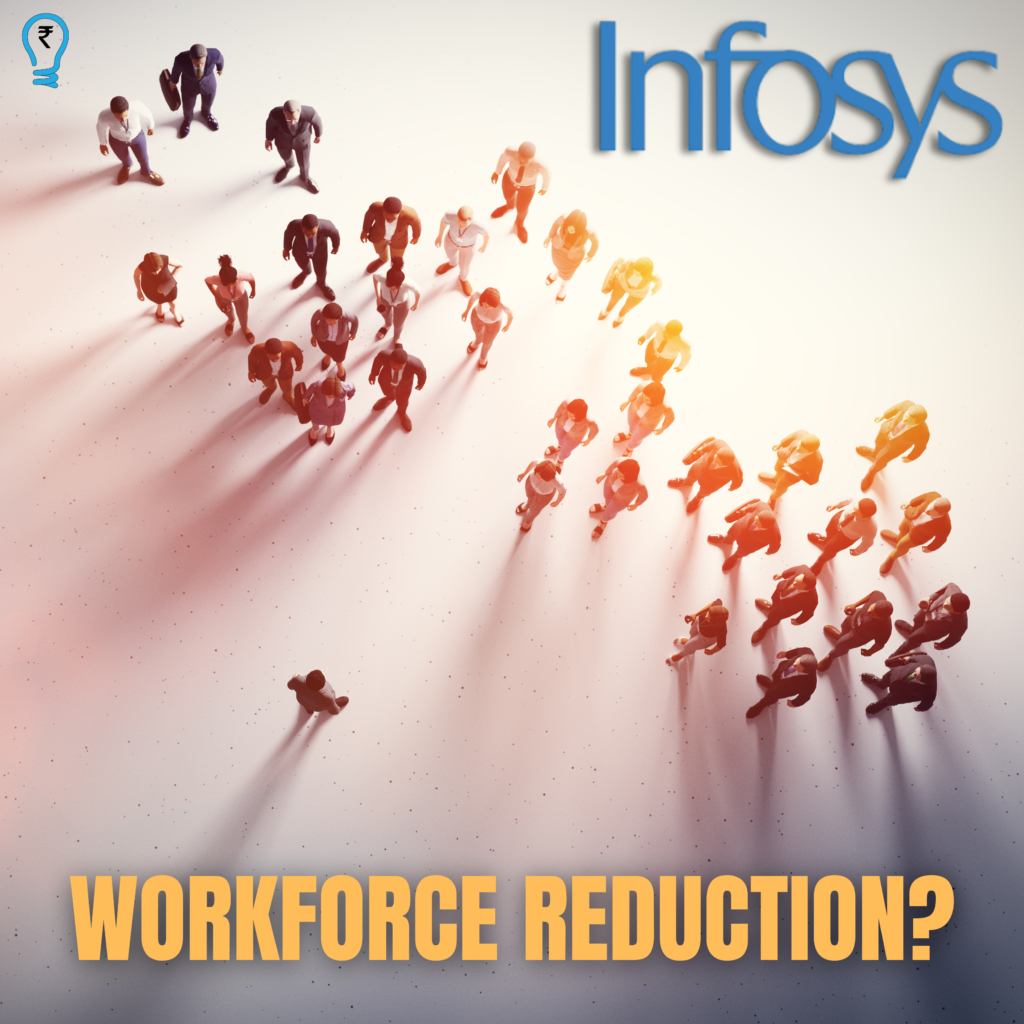Introduction:
The recent announcement of retention rules with mega auction coming close and fans much awaited anticipation for both of these events provides an opportunity to deep dive into the craze of IPL and analyze the new rules. It just goes on to speak about its craze and the business viability of the format as BCCI auctioned the broadcasting rights for Rs 48,390 Crore which is actually insane. Not long ago, IPL was just considered a very ambitious project spearheaded by Lalit Modi as the country had already witnessed the failure of Indian Cricket League and could have never imagined the craze IPL could have garnered and now its valuation stands at a staggering 16 billion USD. It has not only changed the way sports is perceived in the country but has also paved the way for different sports leagues giving wider recognitions to even Kabaddi and Badminton. With its success it is easy to forget it has also faced its fair share of challenges and has required strategic tackling of issues like match fixing scandals or bio secure bubbles to keep the fans interested and continue growing. IPL has continued to stay relevant with keeping up with the pop culture in the advertisement or shifting the exclusive rights to OTT platforms all of which has helped push its viewership and the current adoption of the new rules are also the testament to the forward thing nature of the IPL for example the impact rule has not even been used in the international leagues but IPL adopted it from Australian Big Bash league and verified in Syed Mushtaq Trophy and with the growing market it is predictable it will look to be fruitful and the editorial will look at all the rules in more detail below-
New Rules and Changes:
- Impact Player Rule- These rules allow a team to replace a player from the starting eleven and bring in a specialist batsman or bowler as per match situation. The teams are now allowed to name 5 players as substitutes and out of those 5 one can be an impact player. However, it is made sure that this rule cannot be used as a workaround to use more foreign players. This rule will help maintain the demand and also the pay parity among players as now due to the selection criteria the demand for all rounders was at a all time high as selectors wanted to hedge their bets on people who can perform in all spheres but the introduction of this rule can give us some fine specialist players who sponsors are willing to take risk on.
- Increased Budget –Secondly with pay parity it is also necessary that just remuneration is paid to the players which is reflective of their skills and the hard work that they put in and this idea has also furthered in the rules with introduction of higher ceiling awarded to every team during auction from 60 to 120 Cr. Apart from the rule making sure that our players are being well compensated it also brings in the interest of international players whom the teams can now afford without emptying their pockets and that in turn will bring in the loyal fanbases of those players garnering international attention.
- Retention Rules- With IPL attracting more traction with each and every season, a very major reason is the loyal fanbases. Now if these teams were to change their players every season it would be difficult to retain the number of fans as some of the ardent fans would shift to other teams like Imagine if MS Dhoni played for KKR one year and Mumbai Indians another, CSK’s craze wouldn’t be the same. So it is important that the teams are able to retain their core players but if we don’t put a ceiling on retention then there might as well be no auction and team keep paying the same players which would curtail the competition and hence it is required to strike a balance so the committee has increased retention limit to 6 players out of which 5 can be capped and 2 uncapped players. The combination of capped and uncapped players can be like 4+2 or 5+1. Capped players are the ones who represent their respective national team and the definition of uncapped players have also been upgraded to players who have not played in the last 5 years for their respective nation to make it more fair.
- Stricter Rules regarding Absence – At the end, apart from providing entertainment and chance to domestic players, IPL still is a business and it is important it does not prove to be a money pit and makes returns for investors as well as sponsors. Hence, even the players should also respect the format so there has also been an introduction of stringent rules about absence during the matches. It was a major issue as the players are bought in auction with strategic planning behind and their non participation will advertently affect respective franchise performance so, if any player is not available from the start of the season he will face a ban for the ongoing season as well as for next 2 player auctions. Many overseas players tend to not take part in mega auctions and take part in the later mini auction as there are chances of getting higher money due to the demand at that stage but it makes the whole process unfair and correcting this BCCI has introduced a new rule that if a player doesn’t register himself in the mega auction, then he will be ineligible to register in the following year’s player auction.
- Introduction of Match fees –There has also been introduction of match fees for the first time in IPL where playing 11 including the impact player would be paid 7.5 lakhs per match additional to the contracted amount. This rule is welcomed as it also increases pay parity and also the new players getting the same as more experienced players for the match they have played would instill a sense of achievement in them and will convey that they are also as valued and important as other players and are required to play their absolute best to attain the desired results.

Financial Model & The Economic Impact On India:
Indian Premier League has accelerated its growth from merely a cricket tournament to being a huge economic goldmine which is transforming the sports business terrain. The economic impact of this league spreads beyond just the cricket field but has a good spread effect on so many sectors and contributes highly to India’s GDP. Earnings generate big mainly by the rights that are accorded to media in the fight to get exclusive coverage. The media rights cycle during 2023-27 bid a whopping ₹48,390 crore, going miles ahead of previous records. The topmost global brands are in frantic competition to associate themselves with the IPL that engages the greatest outreach of viewership out of all brands through sponsorships and brand partnerships. The demand for merchandise, starting from jerseys and accessories to other wearables goes sky high, primarily because of the passionate league fan base. Although the COVID-19 situation temporarily put an end to stadium attendance, a full return to the stadiums by IPL has increased ticket sales, thereby adding to the revenue for the league. Economically, it affects the Indian economy. The IPL developed employment both in and outside of the game-from playing and coaching staff to broadcasters and advertisers. It has also spurred developments of cricket stadiums and other sporting infrastructure across the country. In addition to this, it also attracts domestic and international cricket viewers, thus adding to the tourism industry. IPL offers any brand massive visibility and, therefore, sales. It has even made the government earn more tax through different taxes like GST and income tax, as the huge popularity of the league increases that.

IPL & The Other Leagues:
Indian Premier League (IPL) has emerged as the most considerable sporting league in the world in absolute terms within its short tenure, going abreast with such established behemoths like National Football League (NFL), the English Premier League (EPL), and Major League Baseball (MLB). Such leagues carry centuries of history and fellowship worldwide; the IPL, itself started only in 2008, shook up the sports world by striking a perfect balance between high-octane cricket, celebrity power, and innovative marketing strategies. In its revenues, the IPL has skyrocketed exponentially. In the year 2023, the league managed to garner mind-blowing revenues of $6 billion, which put it in a position ahead of the MLB and caught up with the NBA. All these successes are attributed to high-value broadcasting rights deals, sponsorships, and merchandise sales. This has resulted in IPL attracting all types of sponsors who have different global brands, such as Vivo and Dream11, Jio, etc. However, concerning viewership, the IPL lags behind the NFL and the EPL. Though the IPL enjoys a mammoth following of well over 600 million fans, the NFL and EPL still continue to enjoy bigger-sized audiences in television viewership, at least in their home markets. For example, the NFL is said to average over 100 million viewers per game while the EPL attracts billions of viewers across the globe. Even though both leagues are pretty much different from each other, IPL did its magic in globalizing cricket. The league could break the geographical boundaries that had long limited cricketing nations by partnering with some of the world’s best international players and showing the game across various continents. More than this, the marketing and involvement of fans along with the innovative mindsets of the IPL presented a new dimension in the world of sports.
Conclusion:
The IPL has transformed into a financial powerhouse and a new face of sports business in reshaping the landscape. Its economic influence reaches far beyond the cricket field, touching on a wide range of industries and hopefully finding itself significantly included in India’s GDP. As the league continues to develop, its financial implications will be followed closely by the experts and fans of the industry.
Sources:
1) https://www.iplt20.com/news/4109/ipl-governing-council-announces-tata-ipl-playerregulations-2025-27
2) https://www.businesstoday.in/latest/trends/story/after-ipl-viacom18-bags-bccis-2023-28- bilateral-cricket-rights-as-well-396422-2023-08-31
3) https://timesofindia.indiatimes.com/sports/cricket/richest-cricket-boards-in-the-worldfrom-bcci-tonzcb/articleshow/113587928.cms#:~:text=The%20BCCI%20tops%20the%20list,broadcasting %20rig

Pranjal Seth
Member
Deepseek: A journey from Hedge Funds to AI
Introduction: In this busy and bustling day to day life of ours managing our Finances…
Beyond Numbers: The Human Cost of Infosys’ Layoffs and the Global Normalization of Workforce Reduction
A Familiar Script: Infosys and the Corporate Playbook of Disposable Labor: On February 7, 2025,…
Understanding Tariffs and Their Impact on India
What Are Tariffs? Tariffs are taxes governments levy on foreign imports to make the goods more…
The Economics of Player Transfers in Football
Introduction: In the world of football player transfers are more than just transactions, they are…
Session 5
Session 5- Unraveling Equity Derivatives: Insights from the Fifth Development Session The Fifth Development Session…
An Attempt To Deteriorate The Creditworthiness of Indian Entities
Introduction: The growth story of India in almost every sector is not alien to the…








